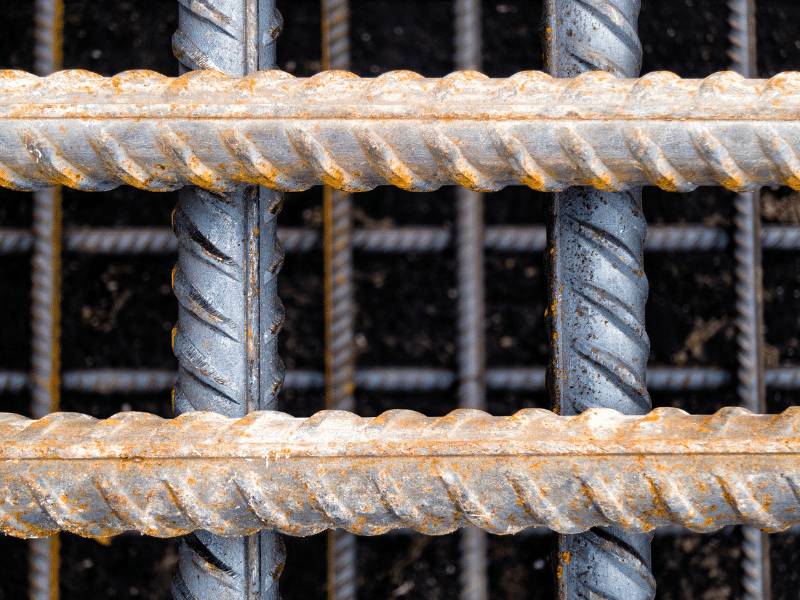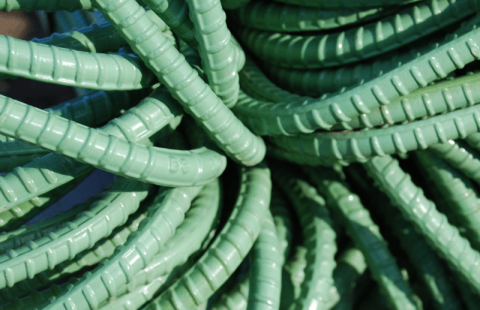
Epoxy Coating for Corrosion in Steel Construction
Corrosion of steel is a common problem in construction, especially in humid or coastal areas where the steel is exposed to moisture, salts, and other corrosive agents. Corrosion can cause severe damage to the steel, leading to structural failures and costly repairs. To prevent this, epoxy coating is often applied on the surface of the steel.

Epoxy coating is widely used in construction for their durability, chemical resistance, and ability to adhere well to steel surfaces. The coating creates a barrier between the steel and the environment, preventing water, oxygen, and other corrosive agents from reaching the steel surface. This barrier effect is particularly important for reinforcing steel bars, or rebars, which are commonly used in reinforced concrete structures. Corrosion of rebars can weaken the concrete and compromise the structure’s overall strength and safety.
Epoxy coatings for dowel bars and rebars have been shown to significantly reduce the corrosion rate of the steel, prolonging the life of the structure and reducing maintenance costs. The coating can also improve the bonding between the steel and the surrounding concrete, further enhancing the structure’s overall durability and resistance to cracking and spalling.

It is important to note that the application of epoxy coatings requires careful surface preparation and application techniques to ensure optimal performance. The steel surface must be clean, dry, and free of any contaminants before applying the coating. The coating must also be applied evenly and with the correct thickness to ensure adequate protection.
Another benefit of using epoxy coatings is that they can be applied in a variety of environments, including harsh and corrosive conditions. This makes them ideal for use in industrial and marine applications, where the steel is exposed to high levels of moisture, salt, and other corrosive agents.
In conclusion, epoxy coating is an essential component in protecting steel in construction from corrosion. Its ability to provide a barrier against moisture and other corrosive agents makes it a reliable and cost-effective solution for improving the durability and safety of reinforced concrete structures.

